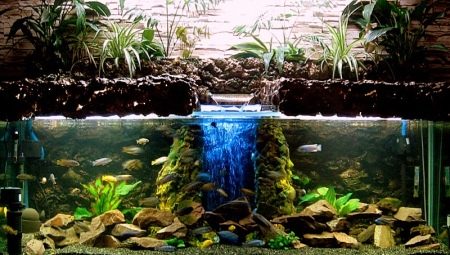Organizing an aquarium at home, you will soon think about leaving and filtering the water in it. Indeed, for a beautiful home reservoir, the presence of decorations and plants is not enough - crystal clear water is needed. There are many different filtering methods; we will talk about one of them, the phyto filter, in this article.
What it is?
A phytofilter is a structure where certain types of plants are planted, flowing through the roots of which water is filtered from harmful substances.
In fact, this is one of the varieties of filtering equipment, the main advantage of which is exclusively natural water treatment.
In this case, all nitrates and phosphates isolated from feed residues, rotting plants and fish feces are absorbed by the roots of the plants.

An ordinary biofilter has the ability to accumulate harmful substances that harm fish. Such a filter needs regular cleaning, and the aquarium needs a weekly change of water for fresh, in order to avoid poisoning the fish. But some species do not tolerate this procedure. In this regard, the fitofilter is an excellent way out of this situation.
Sometimes it is not possible to plant plants in the aquarium itself due to the incompatibility of some fish with living plants and their desire to dig into the ground. A vivid example of this is cichlids.
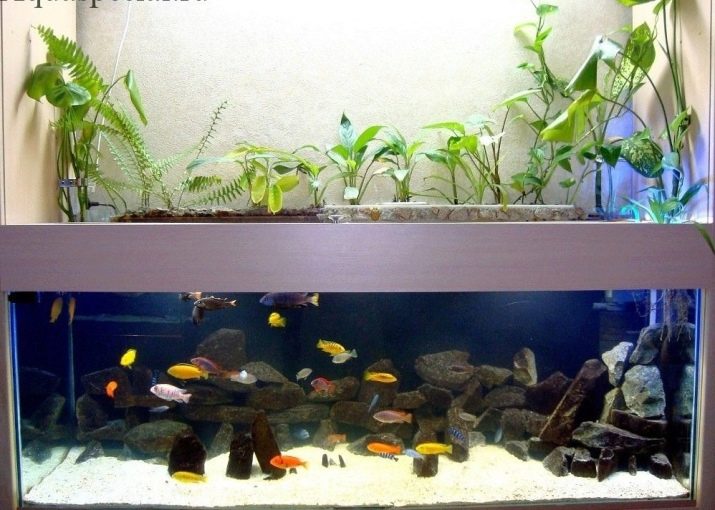
Kinds
The described devices may vary in the materials from which they are made, the number of compartments and plants with which the filter is filled.
Different models of phytofilters can be made from:
- plastic containers (the most popular material);
- glass;
- plexiglass;
- PET bottles.
The number of compartments depends on the desire of the aquarist and the volume of the aquarium.
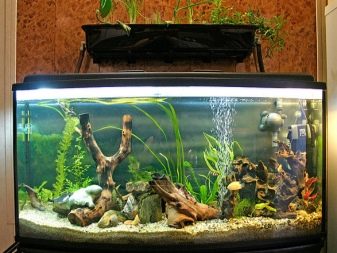
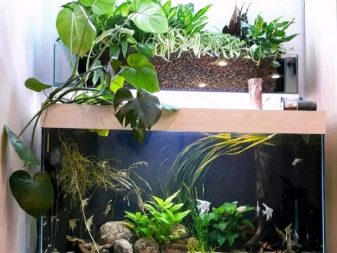
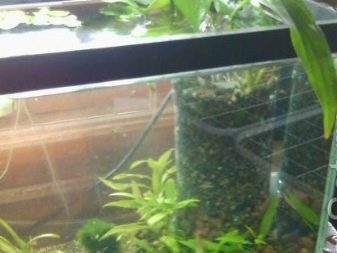
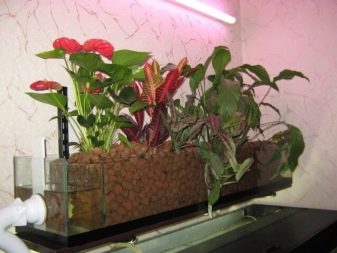
Suitable plants
The phytofilter should not be planted with any plants you like, because certain requirements are imposed on them, namely: rapid growth, high resistance to root decay, the ability to absorb toxic substances. Such plants will be:
- fittonia - this plant needs high humidity and a temperature of at least + 22 ° C;

- tradescantia - grows well in partial shade and shade at high humidity and temperature not lower than + 23 ° С;
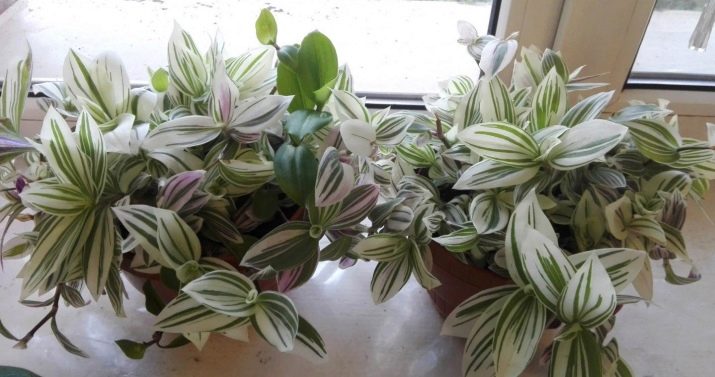
- spathiphyllum - refers to fast-growing plants, which require high humidity and lighting, temperature + 17 ° C;

- ficus creeping - it is rather an ornamental plant that requires high humidity and a temperature of + 18 ° C;
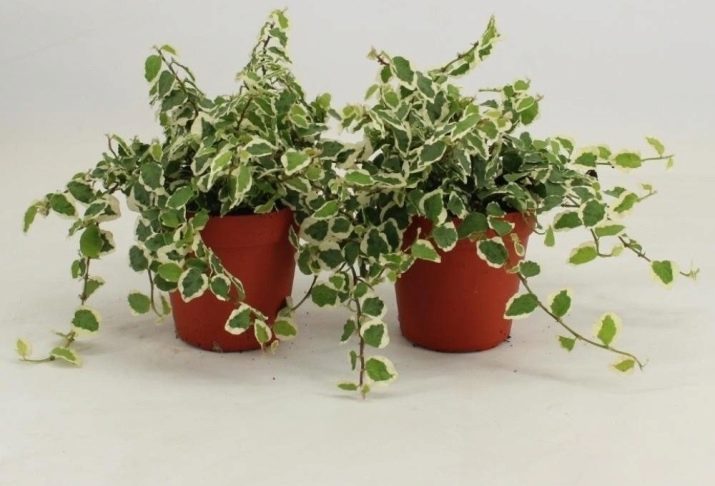
- crested chlorophytum - This unpretentious plant does not require separate lighting and can grow at temperatures from + 12 ° C to + 25 ° C.

Advantages and disadvantages
The main advantages include:
- water changes can be made much less frequently;
- not very complex design, which can be done independently, with little knowledge and understanding of the work process;
- convenient plant care, without disturbing the aquarium inhabitants, which can be very important if shy fish live in the tank, breaking on glass walls (for example, shark pangasius, shark balu);
- saturation of water with oxygen and maintaining the necessary balance in the aquarium;
- the appearance of the structure is also important and can act as a part of the interior.


Despite all the positive qualities of the fitofilter for the aquarium, it has its drawbacks, namely:
- bulky design, which needs high-quality fasteners, in order to avoid sad consequences;
- the device itself needs additional equipment for lighting plants;
- the presence of such a filter accelerates the evaporation of water from the aquarium;
- if the plants are improperly manufactured or selected, negative consequences for the entire aquarium are possible.
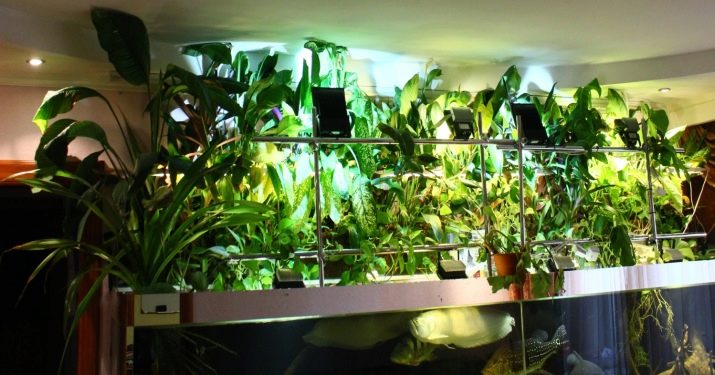
Which substrate is suitable?
This is undoubtedly an important element in the composition of the phytofilter, although it does not carry a large load. It mainly serves to keep plants in place, giving them the opportunity to dissolve their roots over a large area. The best choice would be light substrates, which include:
- expanded clay;
- gravel;
- ceramics for filters.
The soil layer should be from 10 to 20 cm. It is advisable to adhere to a larger value, but not to overdo it. If the soil layer is too large, then a sufficient amount of oxygen will not flow to the roots, and they will begin to rot, which, in turn, will adversely affect all aquarium inhabitants.
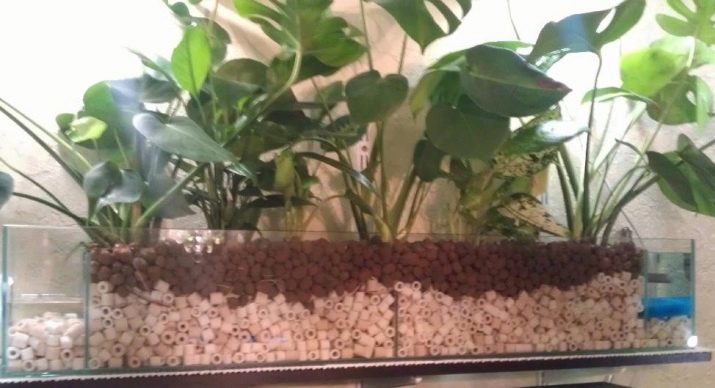
Self-assembly instructions
Before assembling the filter, it is advisable to draw detailed drawings of the device - this will help to avoid errors in operation. After preparing all the necessary materials and tools, you can begin to manufacture a fitofilter with your own hands.
There are a huge number of schemes and options for designs, shapes and materials for this device.
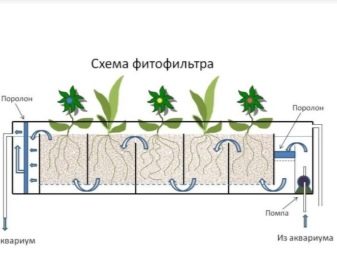

Let's consider the simplest one.
- On the prepared plastic box or tray, mark the holes for the drain. They should be equal to the size of the siphon.
- Next, you need to make holes in any way possible, but without damaging the case itself. For reliability, you can glue the joints with hot-melt adhesive or sealant in order to avoid leaks.
- It's time to make a water supply. To do this, you can drill a hole or securely fasten the tube inside the tank.
- Now you need to fix the pump to the filter. It should correspond to the volume of a particular aquarium and ensure the supply of water to the filter.
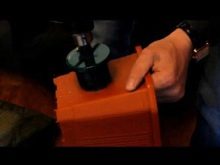

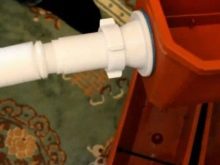
- From sheet plastic with a thickness of at least 3 mm, cut out partitions, which is slightly lower than the box itself.
- At the first partition, which will stand in front of the water supply from below, it will be necessary to cut 2-3 cm for the passage of water into another compartment. To trap large debris, foam can be placed in this space.
- For the next compartment, you will also need to cut 2-3 cm, but already from above - this will make it possible to pour water through the top of another compartment and fall into the third compartment.
- At the bottom of the entire structure, ceramics should be covered with a layer of not more than 10 cm.
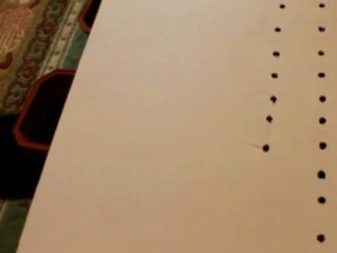
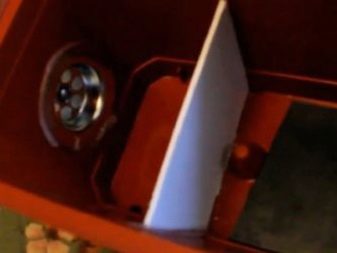
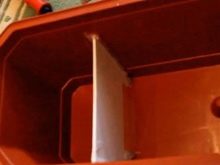
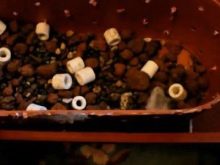

- Expanded clay is well suited for the upper layer, since it absorbs water well and retains it for a long time.
- The time has come to plant selected plants.
- It is necessary to install a phytofilter above the aquarium to ensure the gravity draining of filtered water. To place it, you can choose a slightly remote place. Important conditions will be the location above the tank level and sufficient pump capacity to raise water to the drawer.
- Now you can connect the aquarium filter and make sure there are no leaks.
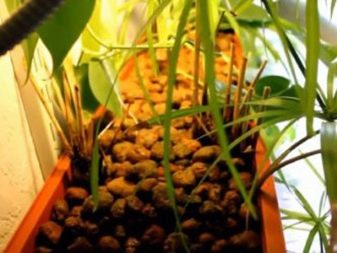
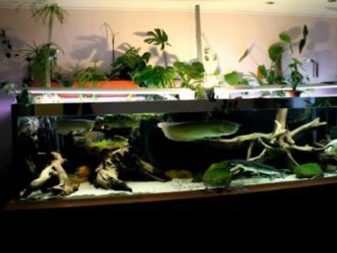
Care
Due to the principle of its operation, such a filter does not require significant maintenance, because all processes take place in a natural, self-regulating mode, with the exception of water supply.
A person does not have to interfere in the aquatic environment and disturb the established balance.
Thus, caring for plants is minimal and much easier than for underwater vegetation.
But with all this, a little maintenance will still be needed:
- flushing the siphon - this procedure will have to be performed approximately 1 time in 6-7 months;
- washing and cleaning the substrate itself from siltation - once every several months (if necessary);
- sponge cleaning (if installed in the filter) - 1 time in 1-2 months;
- replacement of dying or wilted plants with new ones.
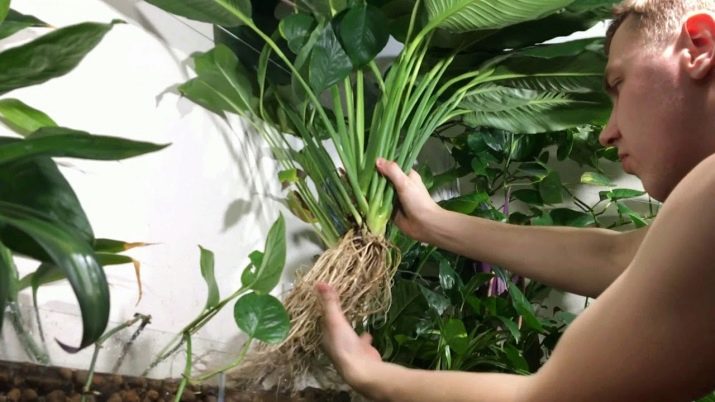
Do I need additional filter elements? It is impossible to give an unambiguous answer to this question, since each aquarist chooses the quantity and quality of their filter elements. It may also depend on the size of the filter itself - it can play the main or auxiliary role. The presence of a small internal filter with an average porosity of the sponge will not do any harm, but only protect your phytophiloser from premature siltation, which will increase the time between cleanings.
How the fitofilter for an aquarium works can be found in the video below.
